The Second Tianfu Great Vessel Conference (TFS 2024) was successfully convened on May 17-18, 2024, in Chengdu. Standing at the pinnacle of medical science, we gaze into the future of vascular disciplines, aware of the great responsibilities and honorable mission we carry. As members of this discipline, we are dedicated to driving its development and elevating diagnostic and treatment standards. Going forward, we will thoroughly interpret the TFS lecture content to enhance your understanding of the latest advancements in vascular treatment.
Professor Liu Xunqiang from the Affiliated Yan’an Hospital of Kunming Medical University deeply explored the application of fenestration technology in treating thoracic aortic diseases at the Tianfu Great Vessel Conference. This technology aims to improve treatment outcomes, reduce the risks of Type Ia endoleaks and Type A dissections, offering patients safer and more cost-effective treatment options.
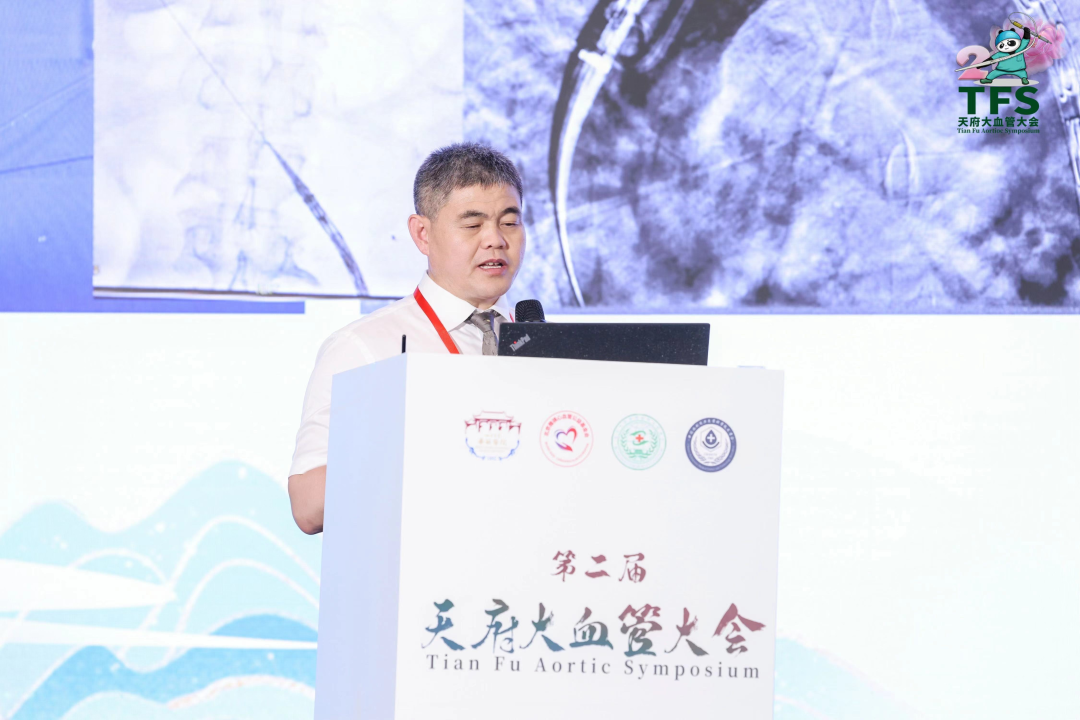
01 Technology Introduction and Application
Fenestration technology, involving ex vivo pre-fenestration and in situ fenestration, enhances the proximal healthy anchoring zone and optimizes the reconstruction of the arch branch vessels. Notably, the ex vivo fenestration technique is straightforward, economical, and minimally invasive. It involves partially releasing the stent externally and then creating a window based on precise measurements to ensure the window aligns with the branch vessel openings internally.
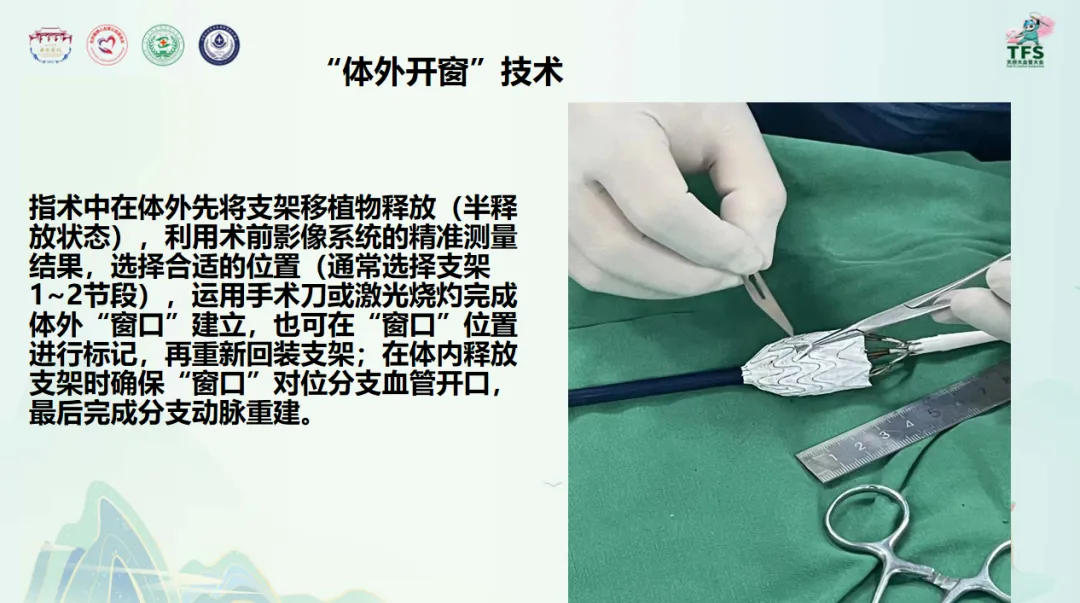
02 Clinical Application and Case Analysis
Professor Liu shared several cases to demonstrate the effectiveness and practicality of this technique. For instance, in a 49-year-old male patient, the ex vivo fenestration technique successfully preserved the blood flow in the left subclavian artery. Intraoperative angiography confirmed the good apposition of the stent, with no leakage observed at either end and healthy blood flow in the left subclavian artery.
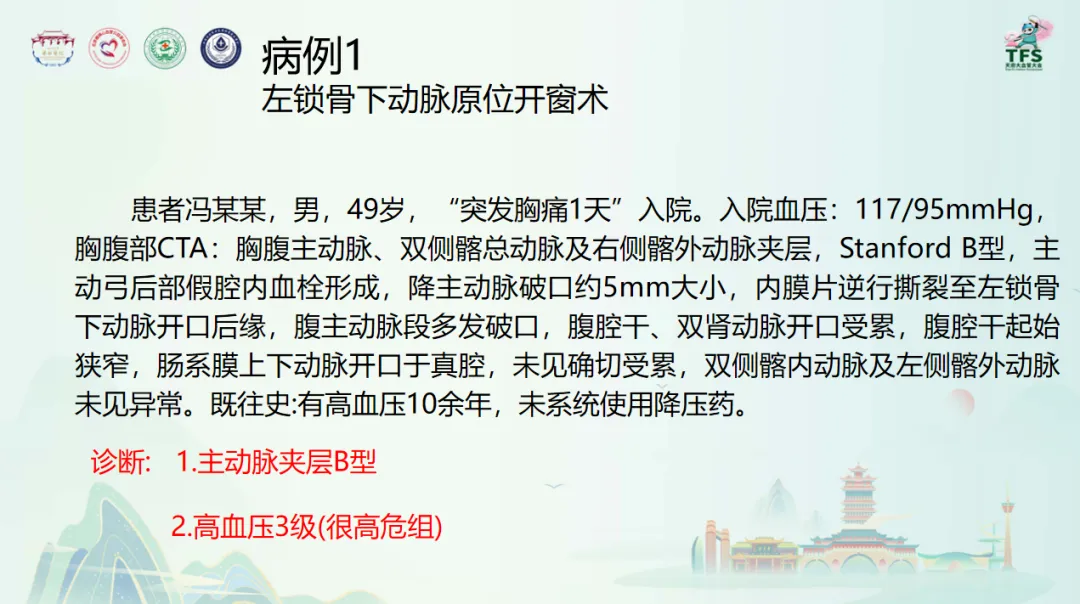
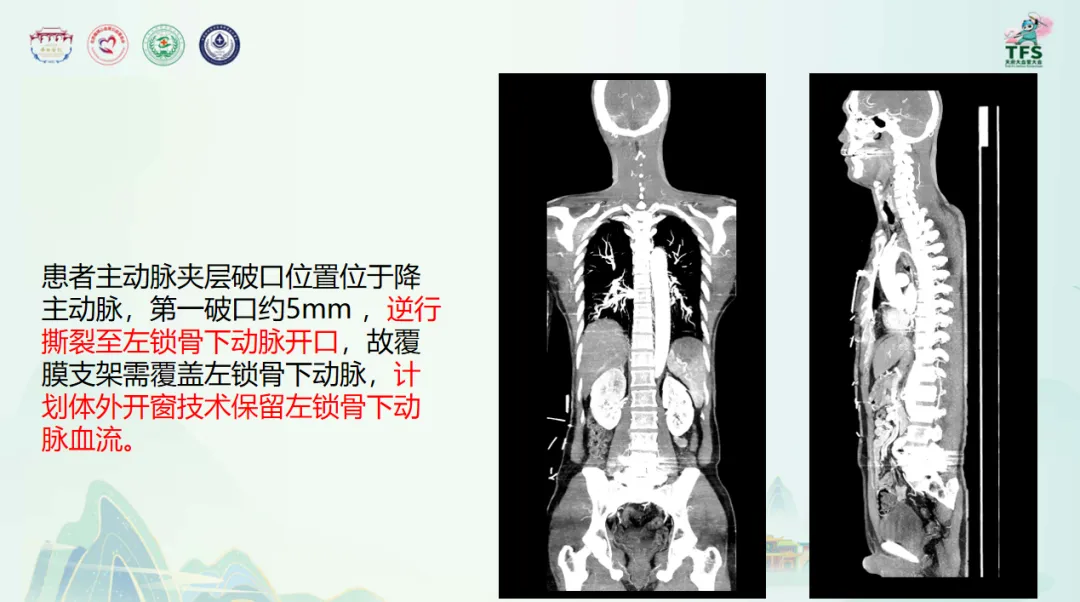
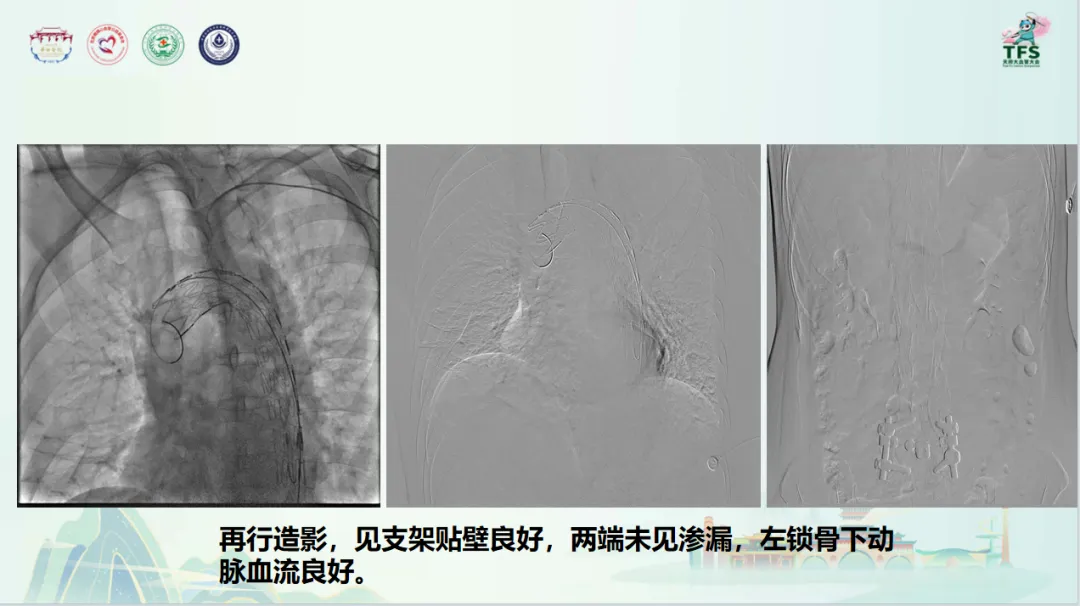
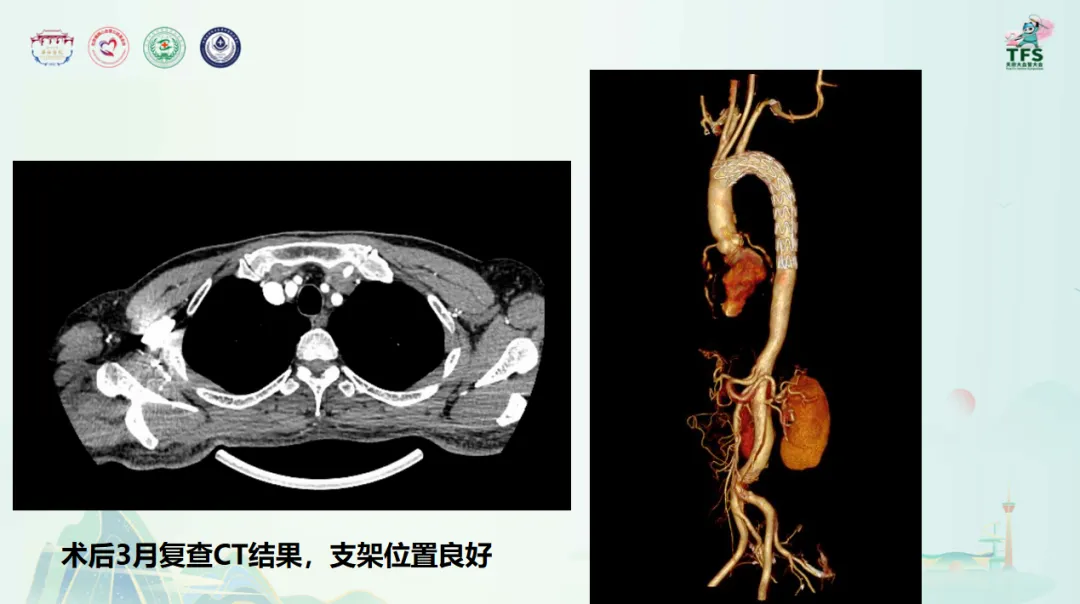
03 Technological Advantages
1. Reduced Complication Risks: Proper fenestration techniques can effectively decrease the occurrence of Type Ia endoleaks.
2. Cost-Effectiveness: Compared to traditional surgery, fenestration technology is more economical, reducing the financial burden on patients.
3. Simplified Surgical Operation: Ex vivo pre-fenestration reduces complex procedures during surgery, enhancing the safety and success rate of the operations.
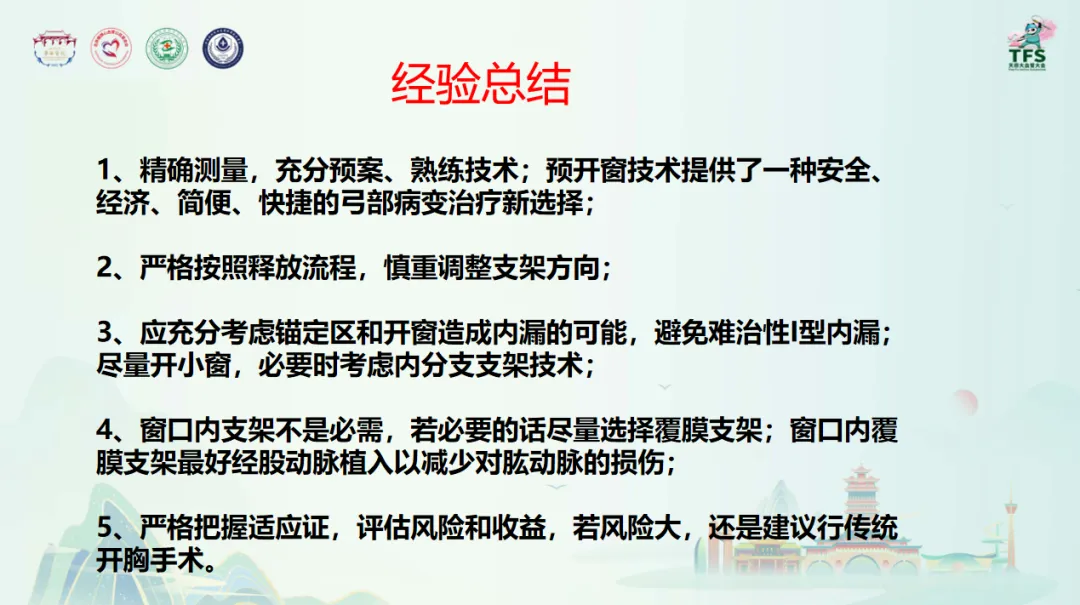
04 Future Outlook
As the technology continues to be refined and innovated, fenestration technology is expected to play a significant role in treating more thoracic aortic diseases, improving patient survival rates and quality of life.
05 Contact Us
For further information or inquiries about the techniques discussed or the Tian Fu Symposium, please leave a comment below or email us at: endovascluar@simtomax.cn
For more details, visit our official website: www.vascularknight.com
Follow Us on Social Media:
• Facebook: Vasco Knight
• Instagram: @knight_vasco
Thank you for your attention. Let’s collaborate for better health!
TFS 2024 Update
Prof. Liu Xunqiang from Kunming Medical University introduced innovative fenestration techniques for thoracic aortic diseases at #TFS2024 in Chengdu.
Tech Breakthroughs:
• Ex Vivo & In Situ Fenestration: These techniques improve the anchoring of stents and the reconstruction of arch branch vessels, reducing the risks associated with Type Ia endoleaks and dissections.
• Case Highlight: A 49-year-old patient saw successful preservation of blood flow in the left subclavian artery using ex vivo fenestration, confirmed by intraoperative angiography with no leakage.
Advantages:
• Safety and Economy: Fenestration reduces surgery complexity and cost, offering a less invasive and more affordable option.
• Effective Outcomes: Decreased risk of complications and enhanced procedural success rates.
Future Prospects:
Expect more refined applications of fenestration technology, improving survival rates and quality of life for patients with thoracic aortic diseases.
Connect with Us:
For detailed insights or to discuss fenestration technology, visit our website or drop us an email at endovascluar@simtomax.cn.
Read More: Click “Read the Original” at www.vascularknight.com for the full story.
Let’s innovate for healthier futures together!
#VascularSurgery #MedicalInnovation #VascoKnight #ThoracicAorticDisease #MedicalConference


